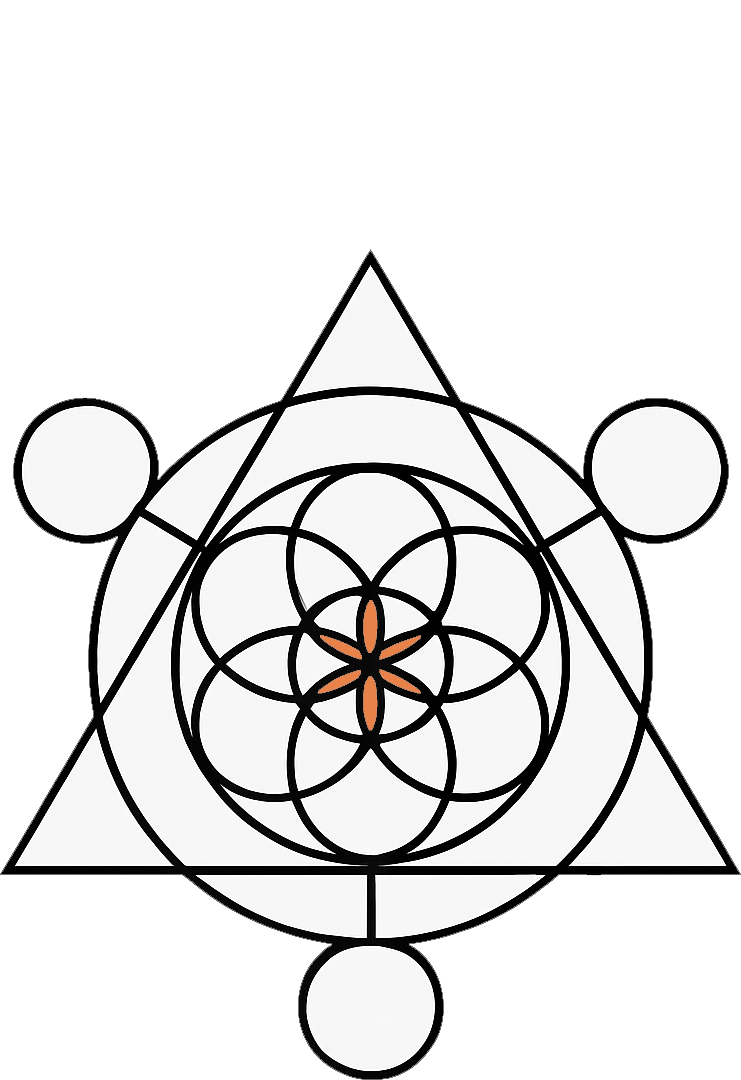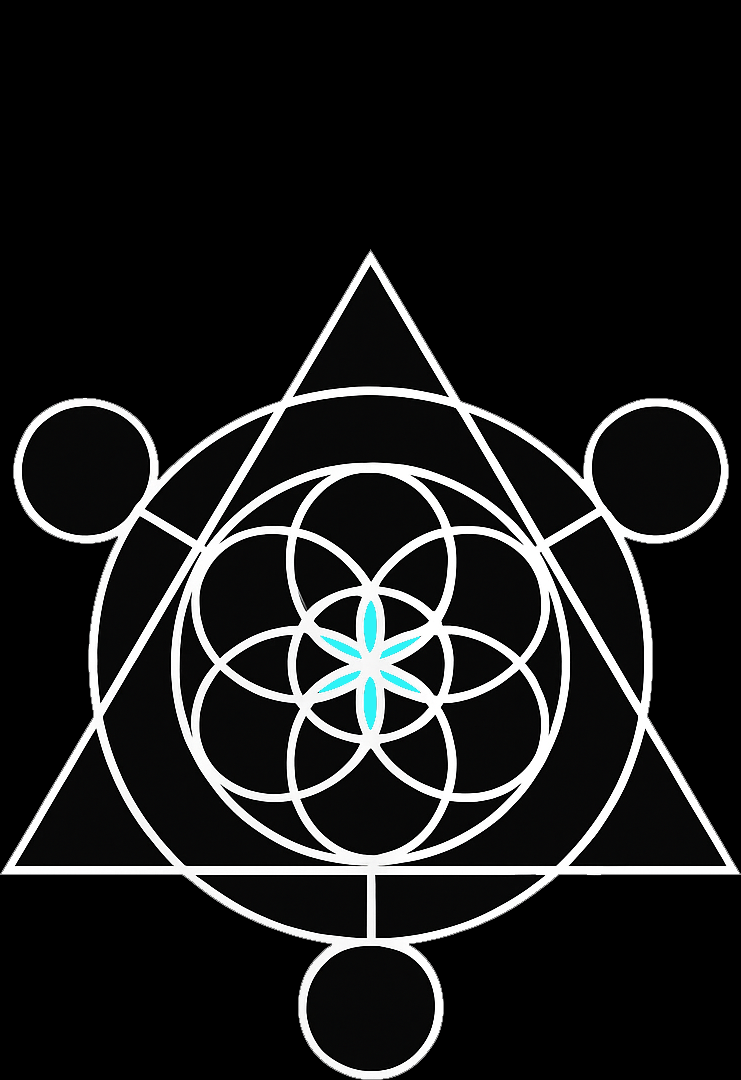“To be sovereign is to escape visibility.” – Anonymous
Introduction
We often treat hierarchy and decentralization as mutually exclusive. Hierarchy suggests a top-down order, while decentralization implies a diffusion of power. But in the cryptographic age, particularly with the rise of decentralized autonomous organizations (DAOs), this binary collapses.
What emerges instead is a paradox: systems with no visible ruler, yet clear governance; anonymity without anarchy. This essay explores how DAOs and similar decentralized models paradoxically establish order through structureless structure, and why this new model of power is not just viable, but more aligned with future geopolitics than most institutions are ready to admit.
The Illusion of Leaderless Systems
DAOs are often described as “leaderless.” This is only true on the surface.
Under the hood, DAOs function more like digital constitutional monarchies, where the code is the monarch, the contributors are the parliament, and the founding developers are the hidden architects. Governance tokens represent a vote, but only those with enough tokens (or technical knowledge) wield real power. The crowd participates, but the protocol dictates.
This isn’t utopian. It’s just transparent power with obfuscated identity.
Anonymous Power ≠ No Power
Traditional institutions fear anonymity because it resists accountability. But anonymity in crypto is not the absence of structure, it’s the absence of ego-driven leadership. Pseudonymity disincentivizes virtue signaling and refocuses on decision-making.
Case in point: Ethereum’s Vitalik Buterin, while publicly known, often defers governance. By contrast, many DAO proposals are authored and championed by ENS handles or wallet IDs, not personal brands.
In a DAO, one’s influence is not tied to personal charisma but contribution and code. The more value you bring to the system, the more votes you earn, pure meritocracy by ledger. But because these systems are transparent, they allow for surveillance of the system while simultaneously cloaking its architects.
Power Without Persona
This creates an entirely new breed of hierarchy: a decentralized hierarchy. These systems are topologically flat, yet functionally tiered. A few contributors write protocol-level code, others propose treasury allocations, and many simply vote. But no one needs to know who’s at the top, only that the system works.
This model attracts two kinds of people:
- Those who seek control without exposure.
- Those who value influence over image.
This is why legacy institutions from Silicon Valley VCs to old-money dynasties should be paying attention. In a world where hyper-transparency is inevitable, anonymous power isn’t shady. It’s strategic.
Historical Parallels
The Venetian Republic, one of the longest-lasting republics in history (697–1797), ran a similar structure: a complex aristocratic system masked in a seemingly flat merchant society. The Doge was elected but always constrained by invisible hands, namely, a council whose members were often chosen in layers of randomized and anonymous selection.
The system worked because no single figure could dominate. The rituals of randomness ensured no obvious “king,” but decision-making still flowed in a clear direction. Sound familiar?
Now, Web3 codifies this: smart contracts are the $DOGE. Treasury votes are the Council. Multisig wallets become the invisible cabinet.
The DAO Failure Myth
Critics cite The DAO hack of 2016 as proof that decentralized models are unstable. But this is like blaming democracy because one parliament fell. The real insight from the hack wasn’t the failure of decentralization, it was the immaturity of early code.
Today, DAOs are vastly more secure. Frameworks like Aragon, Safe, and Moloch offer hardened governance. Snapshot voting decouples votes from gas fees, and ZK-rollups offer privacy without compromise. And when combined with reputation systems (like Coordinape or Gitcoin), DAOs gain nuance beyond raw capital voting.
Controlled Chaos = Selective Sovereignty
This isn’t about rejecting structure. It’s about owning your structure.
The best DAOs use intentional chaos, multiple proposals, asynchronous voting, fork options, to give the illusion of freedom while enforcing protocol-defined boundaries. It’s not disorder. It’s “self-sorting order.”
Anonymous power within these systems becomes less about hiding, and more about curating visibility. You show up only when needed. You govern through cryptographic fingerprints, not PR optics.
This is what sovereign entities of the future will look like: transparent ledgers, invisible architects, and code that does not flinch.
Conclusion: Why It Matters Now
The 21st century is rapidly turning into a battle between two worldviews: hyper-surveillance and sovereign privacy. One leads to algorithmic control by states or corporations. The other to cryptographic autonomy and post-identity power.
DAOs are not just tools for DeFi or NFTs. They’re blueprints for new civilizations, ones that may soon outpace not only corporations, but nations themselves.


